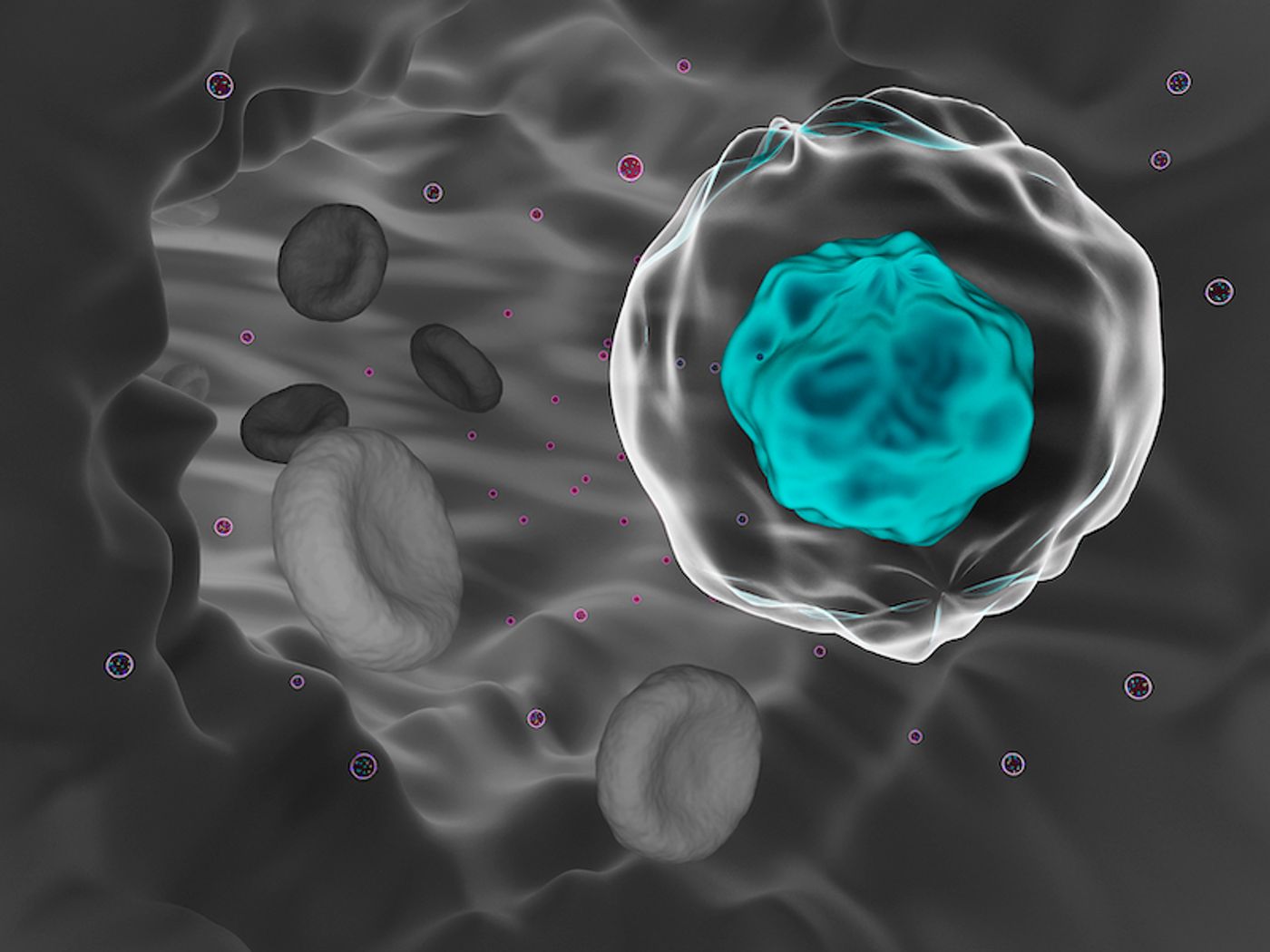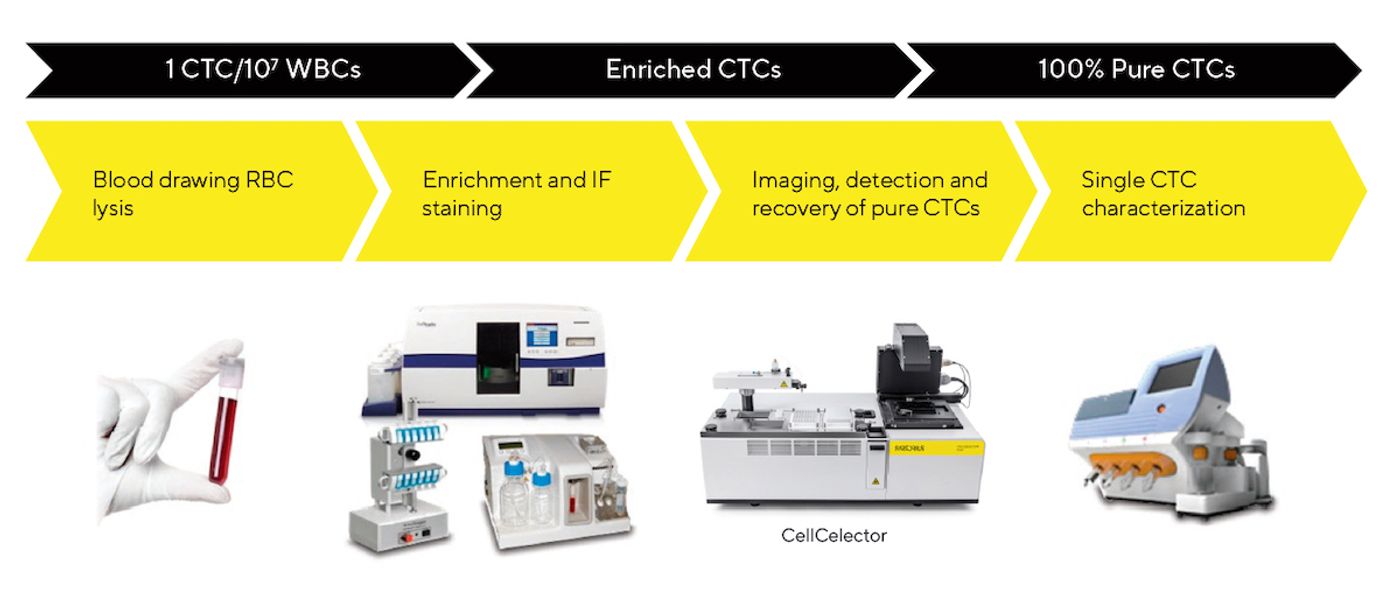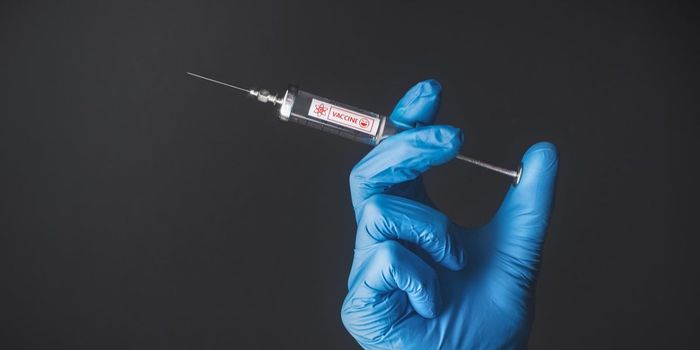The Hunt for Circulating Tumor Cells: CTC Detection for Oncology Research
Metastasis is one of the main obstacles in treating cancer. Studying circulating tumor cells (CTCs) and CTC clusters at the single-cell level can help us understand the underlying mechanisms and develop better therapeutic strategies for patients. Automated solutions can vastly simplify protocols for CTC isolation for molecular characterization at the single-cell level.
What are circulating tumor cells?
CTCs are cells that break away from the primary tumor and enter the bloodstream. Once in the blood, CTCs can adapt to the microenvironment of additional sites, forming a new tumor. This process, called metastasis, is responsible for over 90% of cancer-related deaths and is an active area of research.
To understand the mechanisms behind cancer metastasis, scientists isolate CTCs to study their functional, biochemical, and biophysical properties. Understanding how CTCs escape from immune surveillance and hijack other processes in their favor is the first step in developing new therapeutic strategies to block further spread.
Finding the needle in a haystack
CTCs are obtained through a simple blood draw called “liquid biopsy”. A liquid biopsy is a non-invasive approach that is complementary to a solid tumor biopsy in providing data to clinicians. It is used to monitor tumor characteristics in real-time, including inter- and intra-tumor heterogeneity.
In practice, CTC isolation and characterization is technically very hard because the number of CTCs is miniscule compared to the loads of blood cells. For example, in a one milliliter patient sample you may have one CTC in a background of 107 white blood cells. This is a problem—leukocyte contamination interferes with downstream analysis of CTC-specific transcripts, and other markers, making CTC enrichment necessary.
CTC enrichment and limitations
A typical CTC isolation and analysis workflow has the following steps:
- Blood draw and sample processing
- CTC enrichment and staining
- Imaging and isolation of pure CTCs
- Single-CTC characterization
A wide range of analytical methods have been developed for CTC detection, enrichment, and isolation. These methods take advantage of CTC-specific properties like surface marker expression or physical features. After enrichment, CTCs are stained for detection by microscopy and single-cell isolation.
CTC enrichment methods are not perfect, so there is always some carryover of contaminating cells, which interfere with downstream studies. Automated technologies for single-cell isolation that can accurately pick out single CTCs or CTC clusters from enriched cell suspensions can offer immense benefits.
Benefits of automated rare-cell isolation
Methods for isolating single cells can be too rough. For example, vacuum-based methods can damage cells due to shear stress, while microdissection systems generate excessive heat. Contrary to these, automated solutions really speed up the process and reduce excessive handling of delicate cells.
The CellCelector, for example, scans cells in brightfield, phase contrast or fluorescence channels to find the cells of interest. Then, it uses liquid buffered single-use glass capillaries to gently aspirate the cells with extremely high precision down to the nanoliter range. The process can be fully automated, making it much more reliable than manual protocols.
A flexible system for single CTC analysis
With the CellCelector system you can isolate 100% pure single CTCs or CTC clusters from samples processed using any of the common enrichment techniques and deposit the collected cells into a destination vessel for the next step. Importantly, the cells don’t spend more than 10 seconds inside the capillary, leaving you with healthier, happier cells.
Visit the CellCelector page on the Sartorius website to learn how this automated system for single-cell isolation provides flexibility, speed, and complete traceability for CTC analysis in oncology applications.










